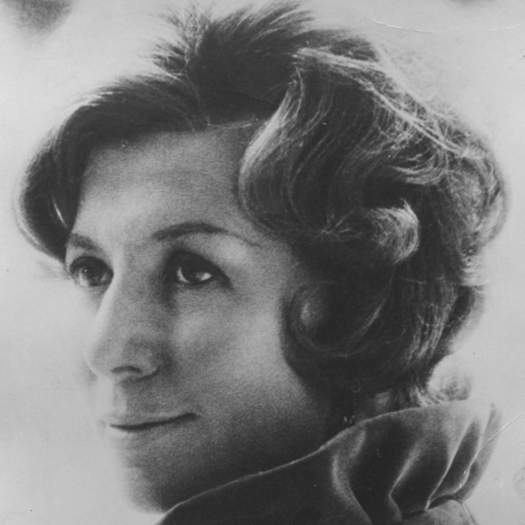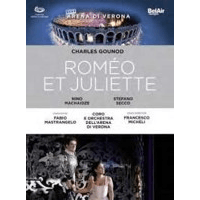 SPONSORED: Think of Something Beautiful - Malcolm Miller pays tribute to contralto Sybil Michelow (1925-2013).
SPONSORED: Think of Something Beautiful - Malcolm Miller pays tribute to contralto Sybil Michelow (1925-2013).
All sponsored features >>
Virtuoso Exuberance
MIKE WHEELER listens to the Pelléas Ensemble at the Buxton Festival
The Pelléas Ensemble comprises Henry Roberts, flute, Luba Tunnicliffe, viola, and Oliver Wass, harp. Debussy wrote a work for this combination - one of three sonatas dating from his last years - and so, at about the same time and by complete coincidence, did Bax. His Elegiac Trio was written in the aftermath of the 1916 Irish uprising against British rule and its brutal suppression. Though Bax was passionately committed to the Irish cause, he kept quiet about any possible connection between external events and the music. It is certainly not a howl of protest, more a wistful look back as what might have been. But the ensemble, playing from memory, found subtle hints of agitation beneath the apparently placid surface, with Tunnicliffe exploiting the husky tone of her viola's bottom string. The group brought the piece to a deceptively calm ending.
In a change to the advertised programme, Roberts left the stage while Tunniclife and Wass played Wass's transcription of Britten's brooding Lachrymae, based on John Dowland's song 'If my complaints could passions move'. Britten's haunted nocturnal landscape invites a wide dynamic and expressive range, to which they readily responded - robust one moment, furtively scurrying the next. When we arrived at Dowland's song in full at the end, the music's troubled serenity was beautifully realised.

The Pelleas Ensemble. Photo © Matilda Hill-Jenkins
Roberts returned to the platform, and Tunnicliffe switched to violin, for three dance movements from 'La Françoise', from François Couperin's set of four suites entitled Les Nations. They engaged stylishly with Couperin's lively elegance.
From there it was a natural step to Ravel's Le Tombeau de Couperin, his tribute not just to Couperin but to French baroque music in general. Jocelyn Morlock's transcription, also played from memory, sounded a treat, with the interest shared out between the three instruments. We heard four movements. The Prelude flowed readily, and the Rigaudon was dispatched with vigour in the outer sections and poise in the central one. The Minuet's underlying sadness was well realised, and the ending shaped with pin-sharp precision. The Toccata is perhaps the most completely pianistic of the original movements - possibly why Ravel didn't include it in his orchestral version - but the virtuoso exuberance of its perpetual-motion figures came off superbly here.
Copyright © 15 July 2021
Mike Wheeler,
Derby UK




